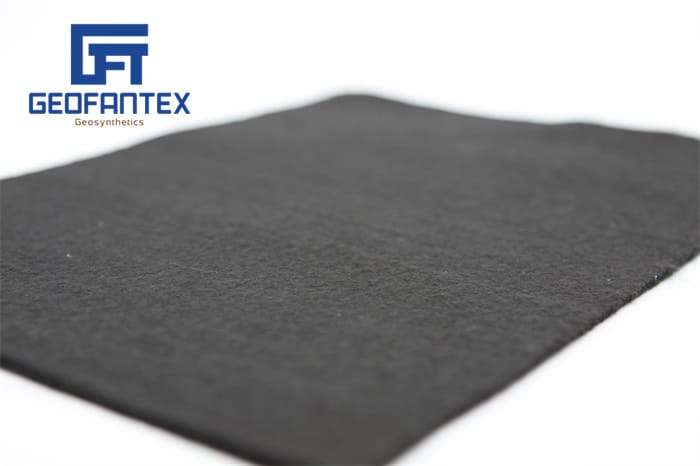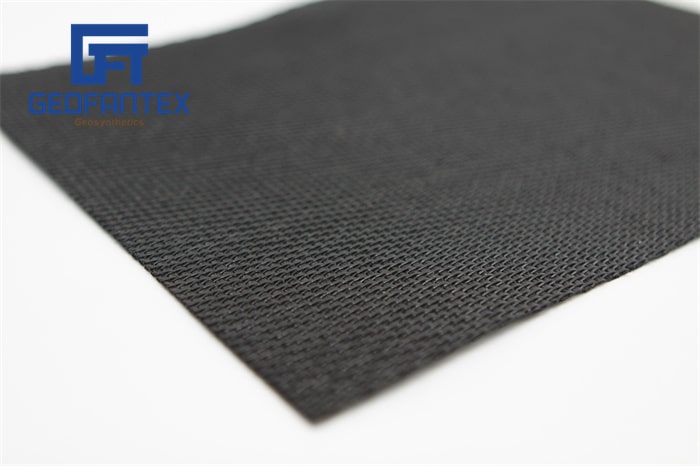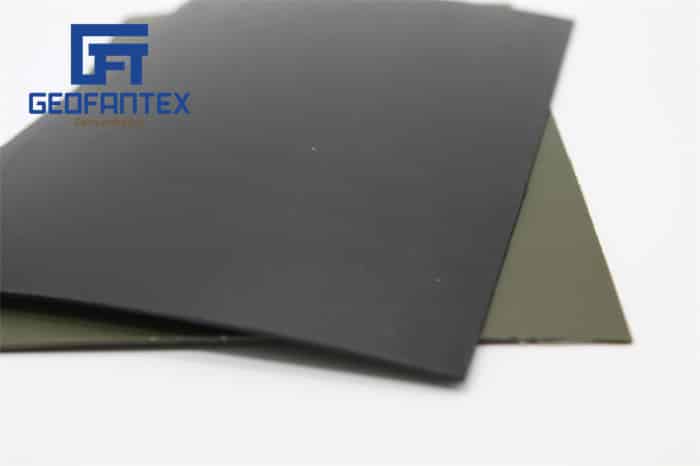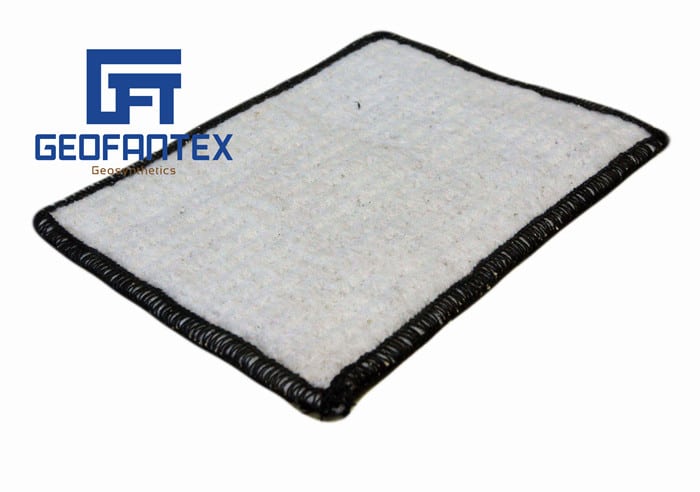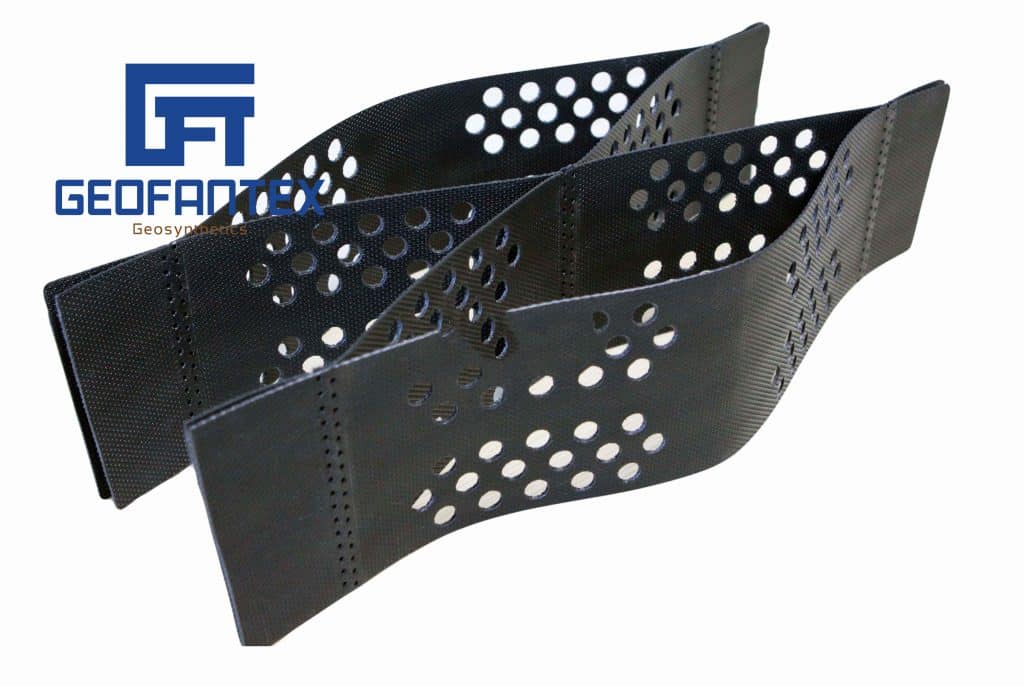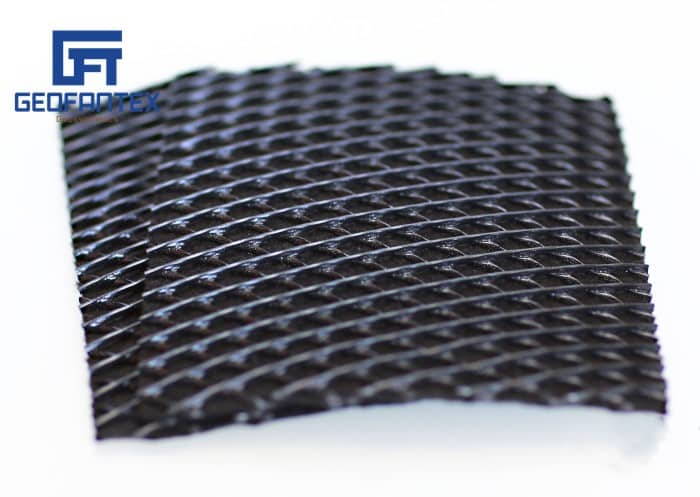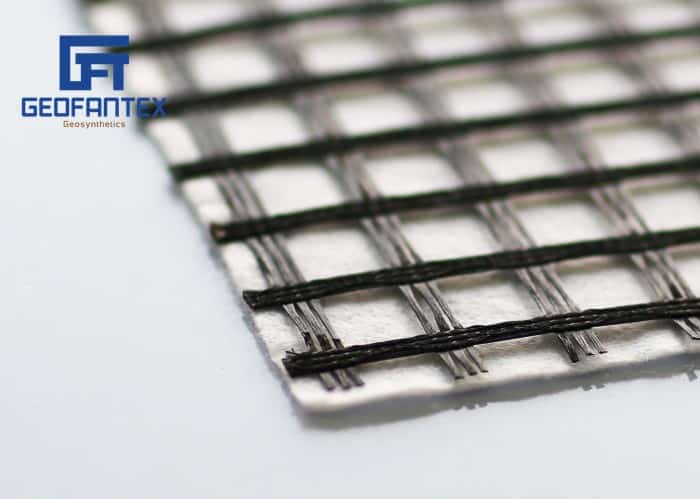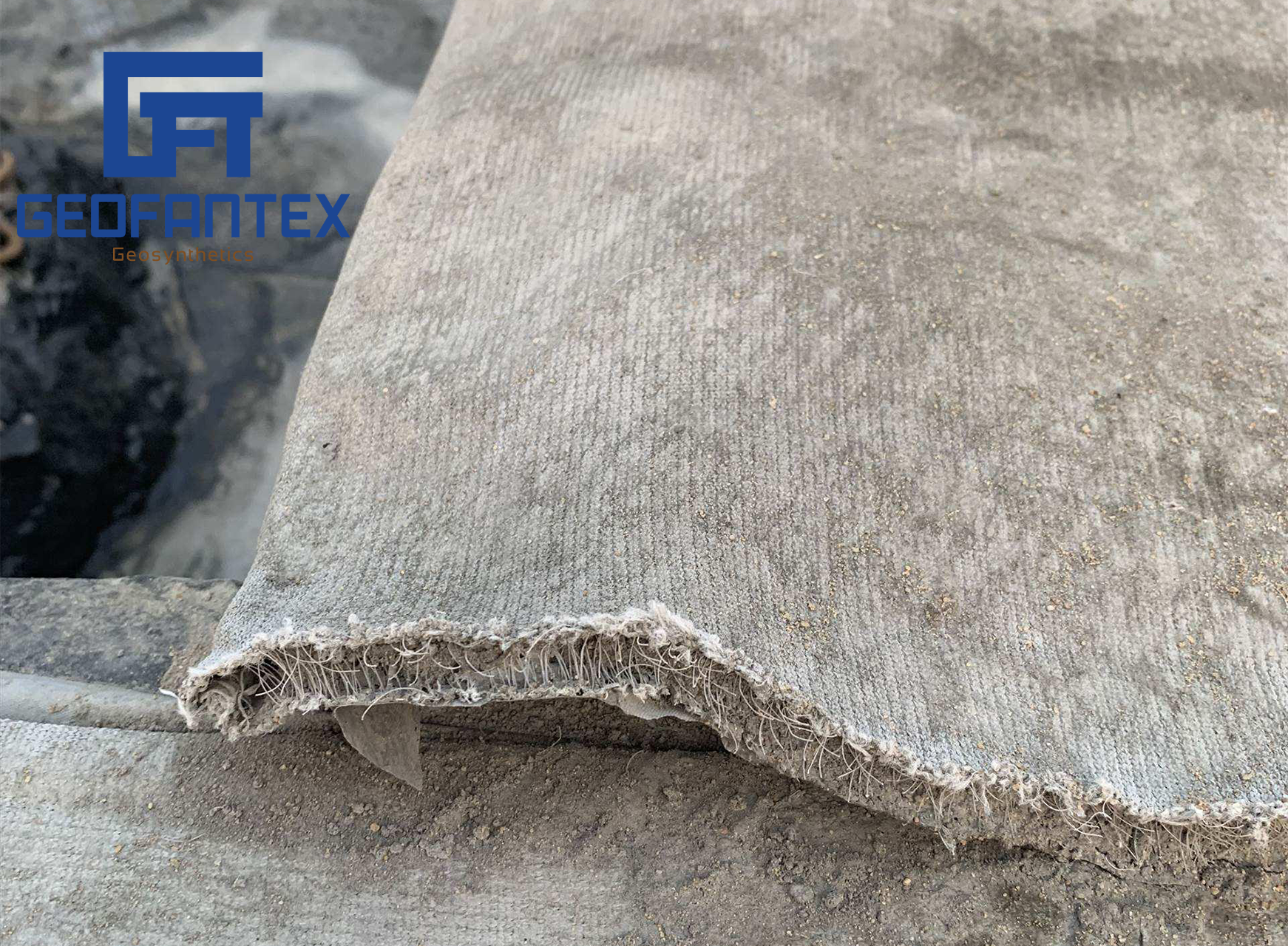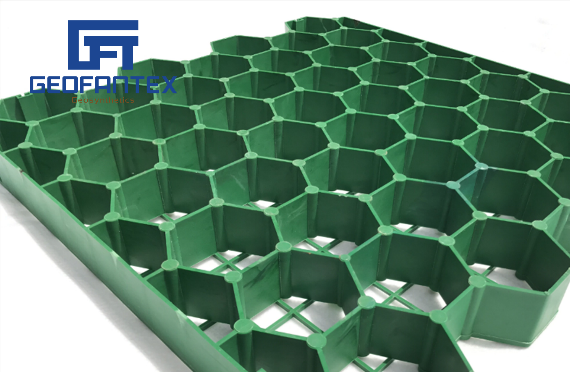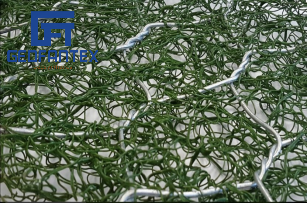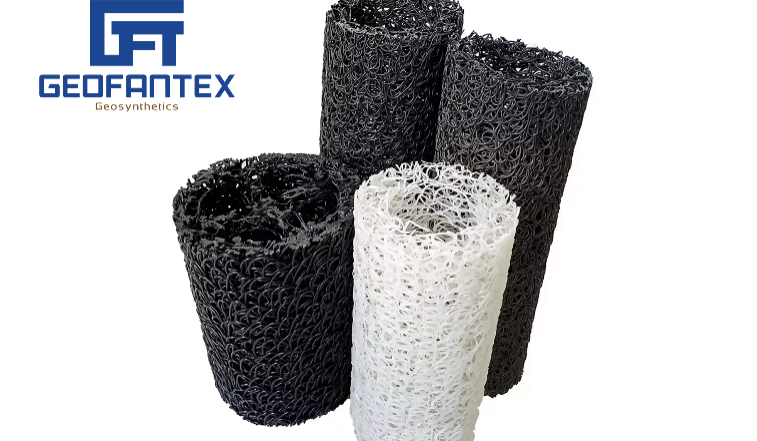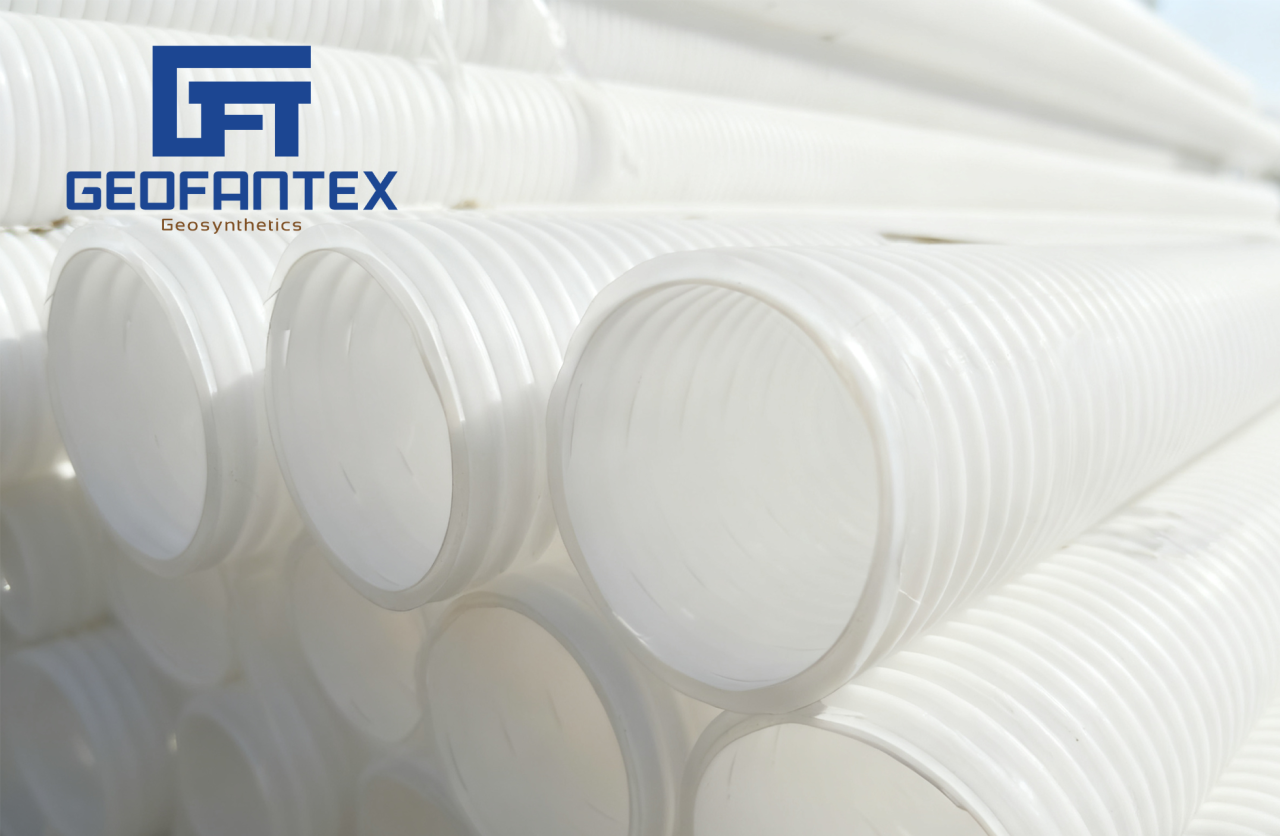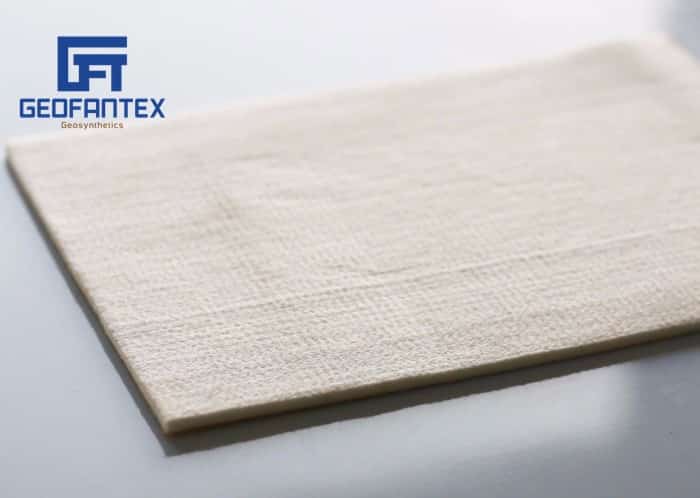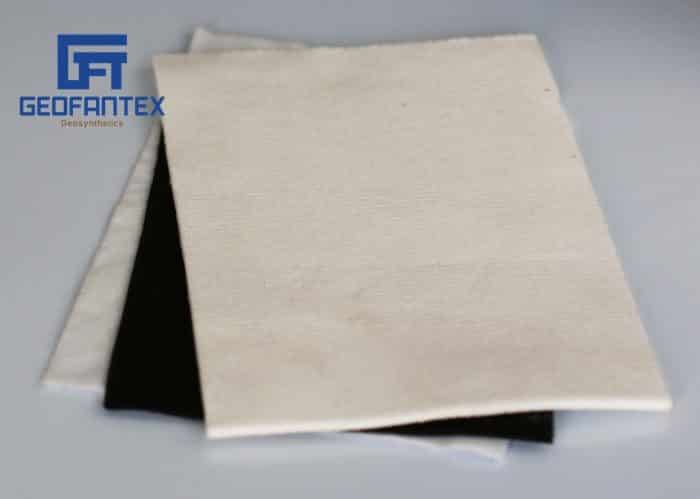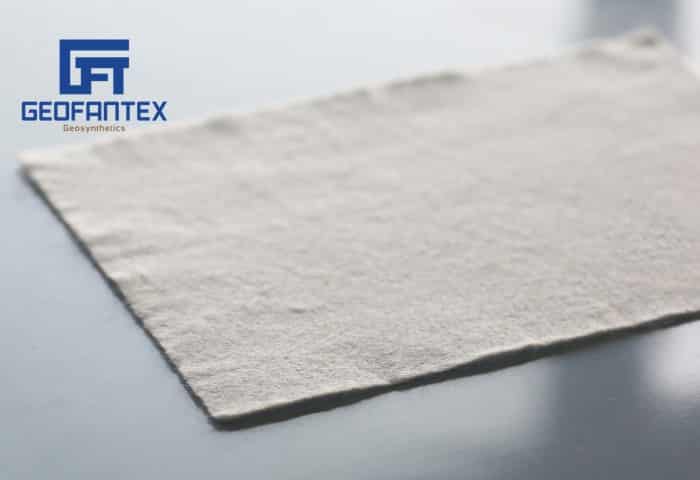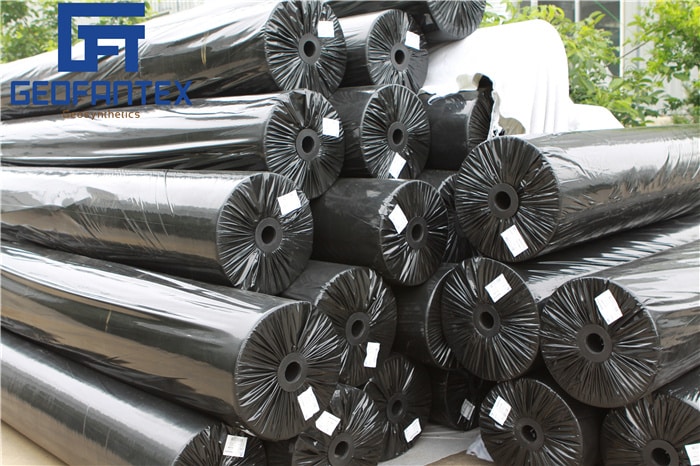+86-159 9860 6917
info@geofantex.com
geofantex@gmail.com
+86-400-8266163-44899
Geocomposites are essential in civil engineering and the environment due to their special features. In this article, we’ll discuss how geocomposites’ transmissivity changes as vertical stress on the sample increases. This happens because the geocomposite core becomes thinner, and the filter enters the core. We’ll also cover their properties, distinctions from geotextiles, and their role in improving infrastructure and environmental solutions.

What is the Transmissivity of Geocomposite?
Transmissivity in geocomposites is a key parameter that measures the ability of these materials to transmit fluids, typically water, under a hydraulic gradient. It is particularly significant in applications such as drainage systems, landfill liners, and other geotechnical engineering projects where fluid management is critical.
- Measurement: The transmissivity of a geoco mposite is typically measured in a laboratory setting using a standardized test procedure, such as ASTM D4716. During this test, water is passed through a section of the geocomposite, and the flow rate is measured under a consistent hydraulic gradient and load. The transmissivity is then calculated based on the flow rate, the thickness of the material, and the applied hydraulic gradient.
- Significance in Geotechnical Engineering: Transmissivity is crucial for ensuring that geocomposites used in drainage applications can handle expected flow rates of water or other fluids. This prevents waterlogging and hydrostatic pressure build-up, which could otherwise compromise the structural integrity of earthworks and associated structures.
- Factors Affecting Transmissivity: Several factors can influence the transmissivity of geocomposites, including the porosity and permeability of the geotextile components, the type and size of the core structure, and the presence of clogging agents like fine sediments or biological growths. Environmental conditions such as temperature and chemical exposure can also impact the long-term performance and transmissivity of geocomposites.
Transmissivity is a critical property that helps engineers design effective and reliable drainage and containment systems in various civil and environmental engineering projects.
What are the Properties of Geocomposite?
Geocomposites have several versatile properties essential for civil engineering and environmental projects:
- Transmissivity: As previously mentioned, transmissivity is a crucial property of geocomposites that can be customized to suit specific project needs.
- Strength and Durability: Geocomposites are intentionally crafted to offer impressive tensile strength and durability, ensuring their long-term performance.
- Filtration: They excel at separating solid particles from fluids while allowing water or gases to pass through smoothly.
- Separation: Geocomposites serve as a protective barrier between different soil layers or materials, preventing mixing and preserving the structural integrity of engineered constructions.
Moreover, geocomposites are valuable for their vertical and horizontal permeability, enhancing their usefulness in various applications.
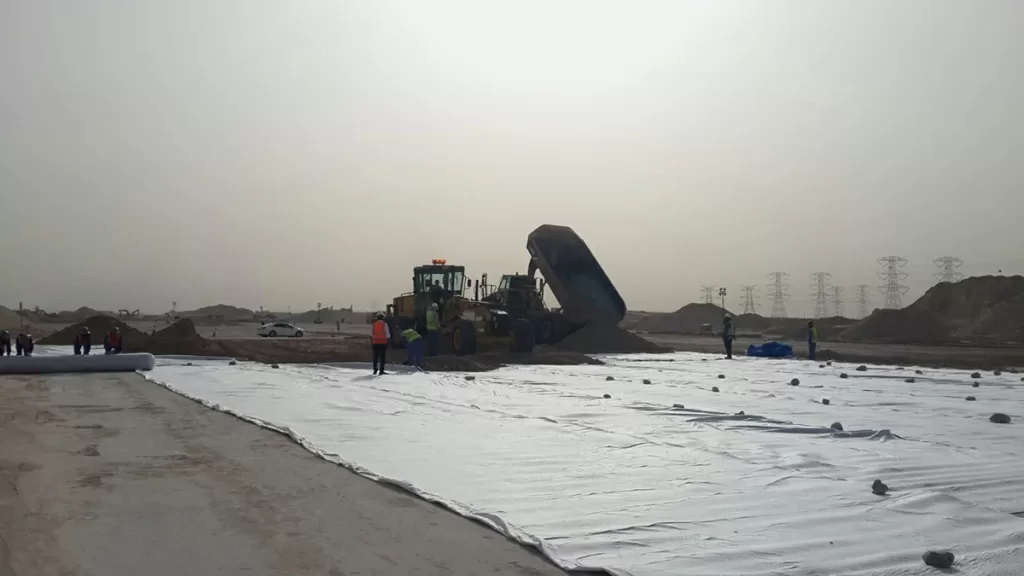
What is the Difference between Geotextile and Geocomposite?
Difference Between Geotextile and Geocomposite
Geotextiles and geocomposites are both types of geosynthetic materials widely used in civil engineering, environmental, and construction projects, but they differ in structure, functionality, and application.
- A geotextile is a single-layer material made from synthetic fibers (such as polypropylene or polyester). It is primarily used for separation, filtration, reinforcement, and protection in construction projects. Geotextiles are commonly used in road construction, drainage systems, slope stabilization, and to prevent soil mixing.
- A geocomposite, on the other hand, is a multi-layer material that combines geotextiles with other geosynthetics, such as drainage layers (geonets) or waterproofing membranes (geomembranes). Geocomposites are designed to meet more complex needs, providing combined functions like filtration and drainage, or reinforcement and protection. They are typically used in more specialized applications like landfill liners, drainage systems, and reinforced soil structures.
In summary, geotextiles are simpler, single-material solutions, while geocomposites offer a more versatile approach by combining multiple materials to achieve enhanced performance for specific project requirements.
How Does Geocomposite Work?
A geocomposite is a material made by combining two or more geosynthetics, such as geotextiles, geomembranes, geogrids, or drainage materials, to serve a specific function in civil engineering, construction, or environmental applications.
Here’s how it works:
- Separation: The geocomposite can separate different layers of materials, such as soil from aggregates, to prevent mixing and maintain material integrity.
- Filtration: When used with a drainage layer, geocomposites allow water to pass through while preventing soil particles from clogging the drainage system, which is essential for managing water flow.
- Reinforcement: Some geocomposites include reinforcement elements, like geogrids, which help stabilize soils and improve load-bearing capacity, particularly in weak or unstable ground.
- Drainage: Many geocomposites incorporate a drainage layer to facilitate water movement while preventing soil erosion or waterlogging. This is critical in road construction, landfills, and other drainage-heavy applications.
- Containment: Geocomposites with geomembranes can act as barriers, preventing water or contaminants from seeping through layers, such as in landfill liners or wastewater treatment systems.
In short, geocomposites combine various properties (filtration, drainage, separation, reinforcement, and containment) to perform efficiently in complex construction or environmental projects.
In conclusion, the transmissivity of geocomposites is a crucial factor that determines their suitability for various engineering and environmental applications. Understanding their properties, differences from geotextiles, and how they function is essential for selecting the right material for specific projects, ensuring their success and longevity.
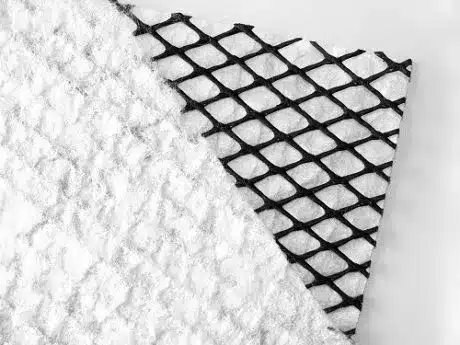
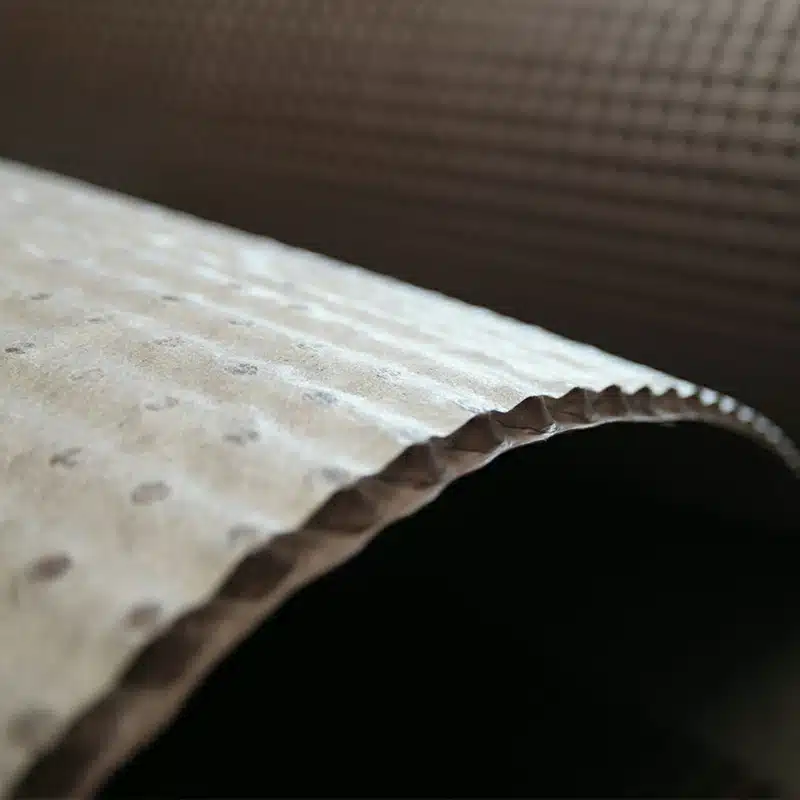
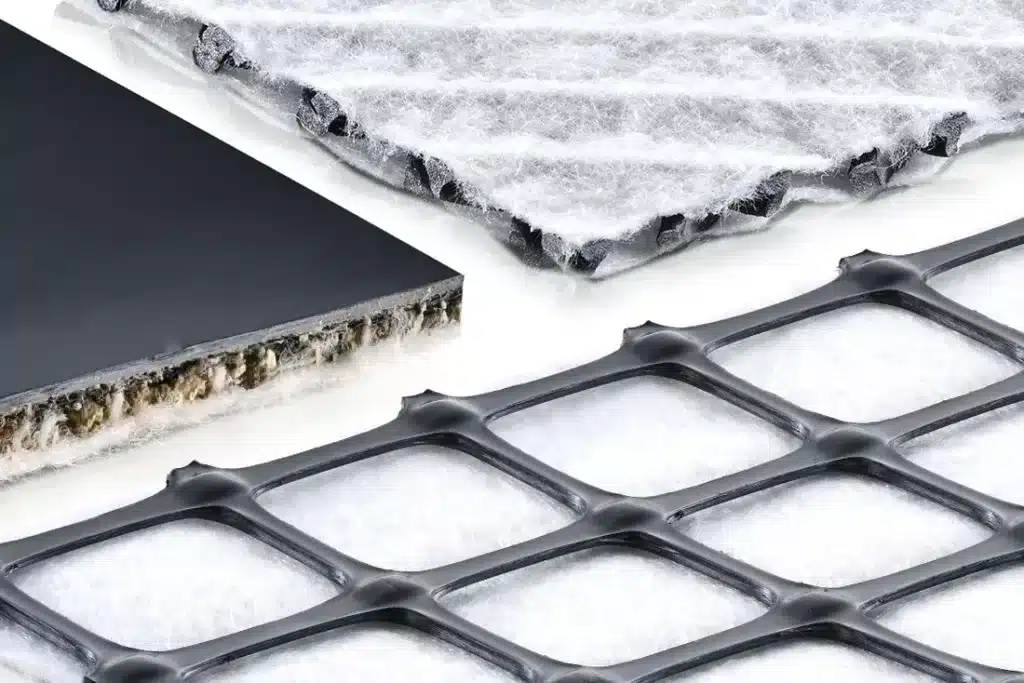
Get Free Sample
We’ll respond as soon as possible(within 12 hours)

